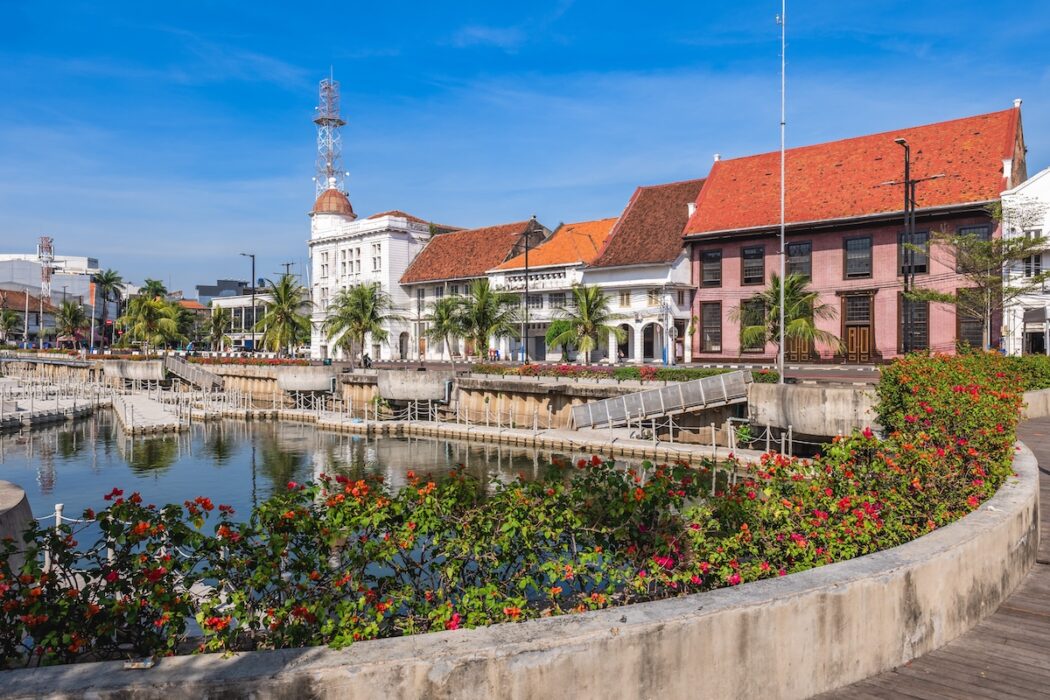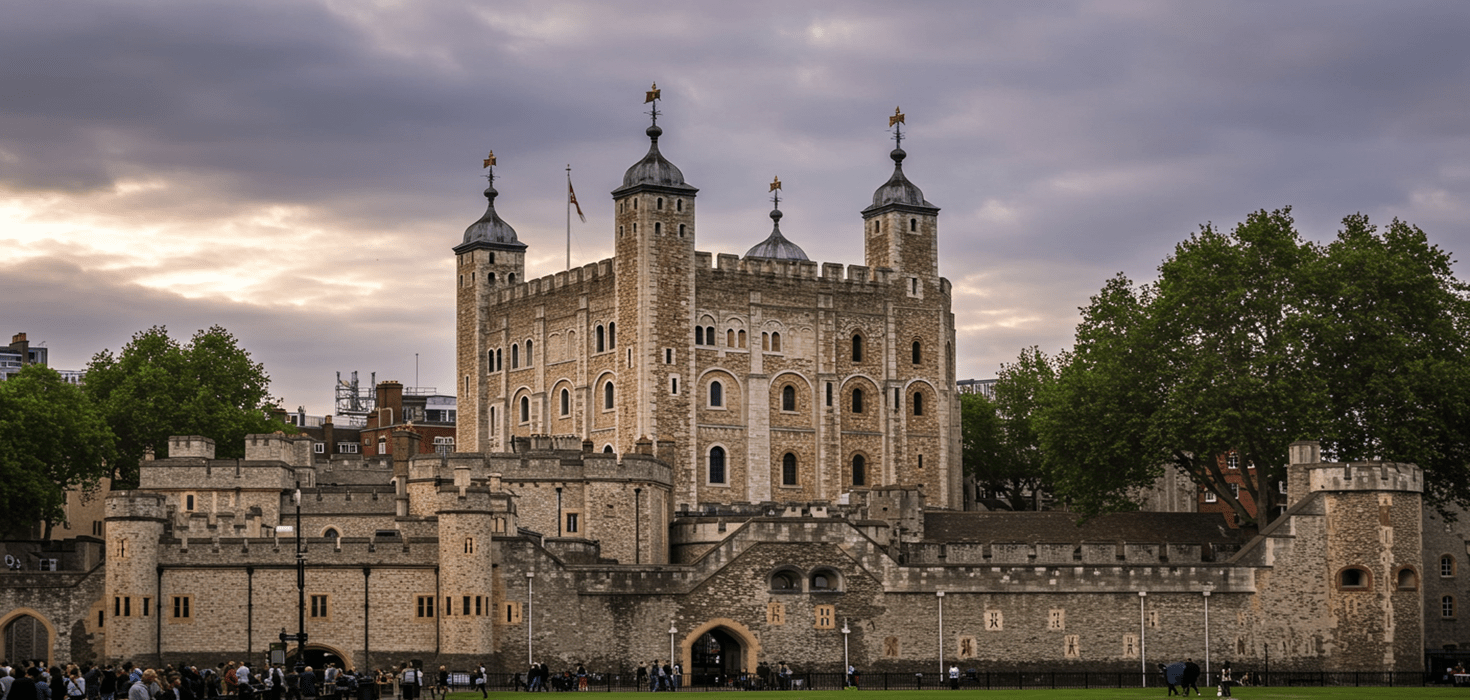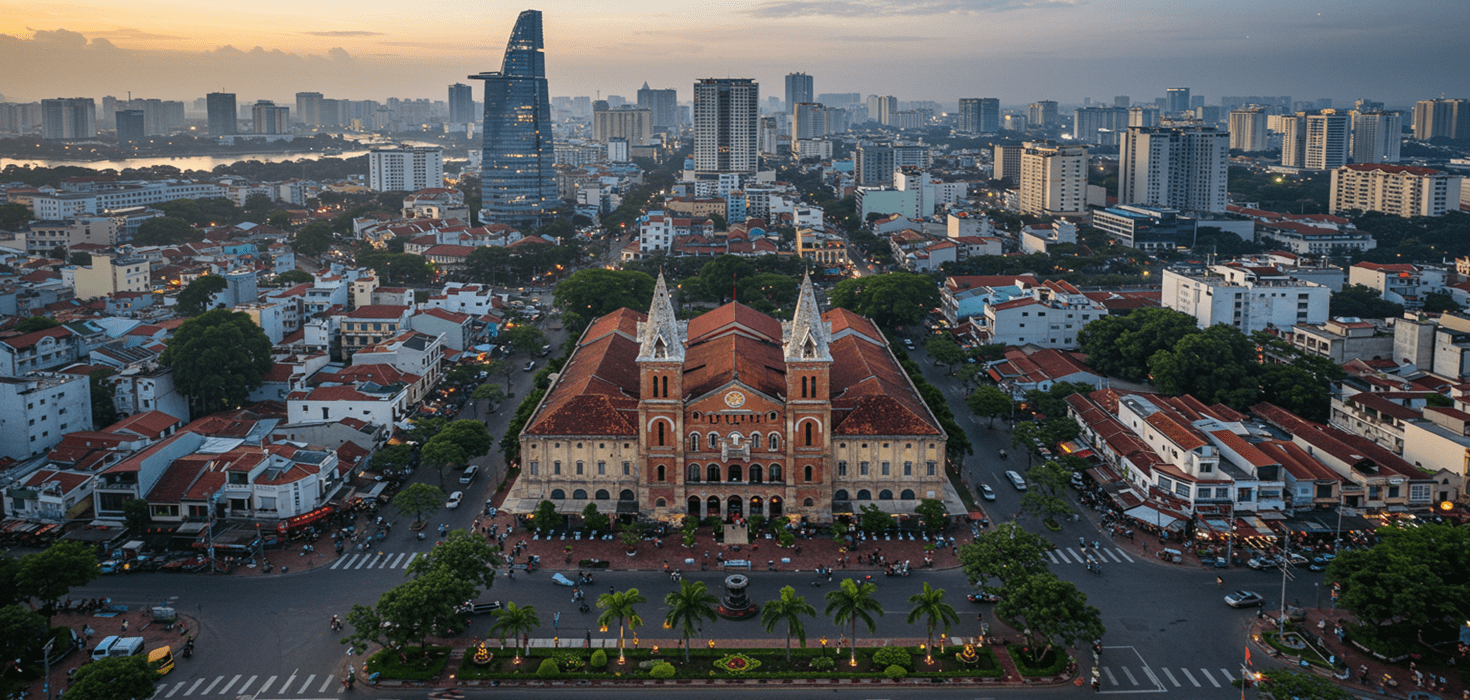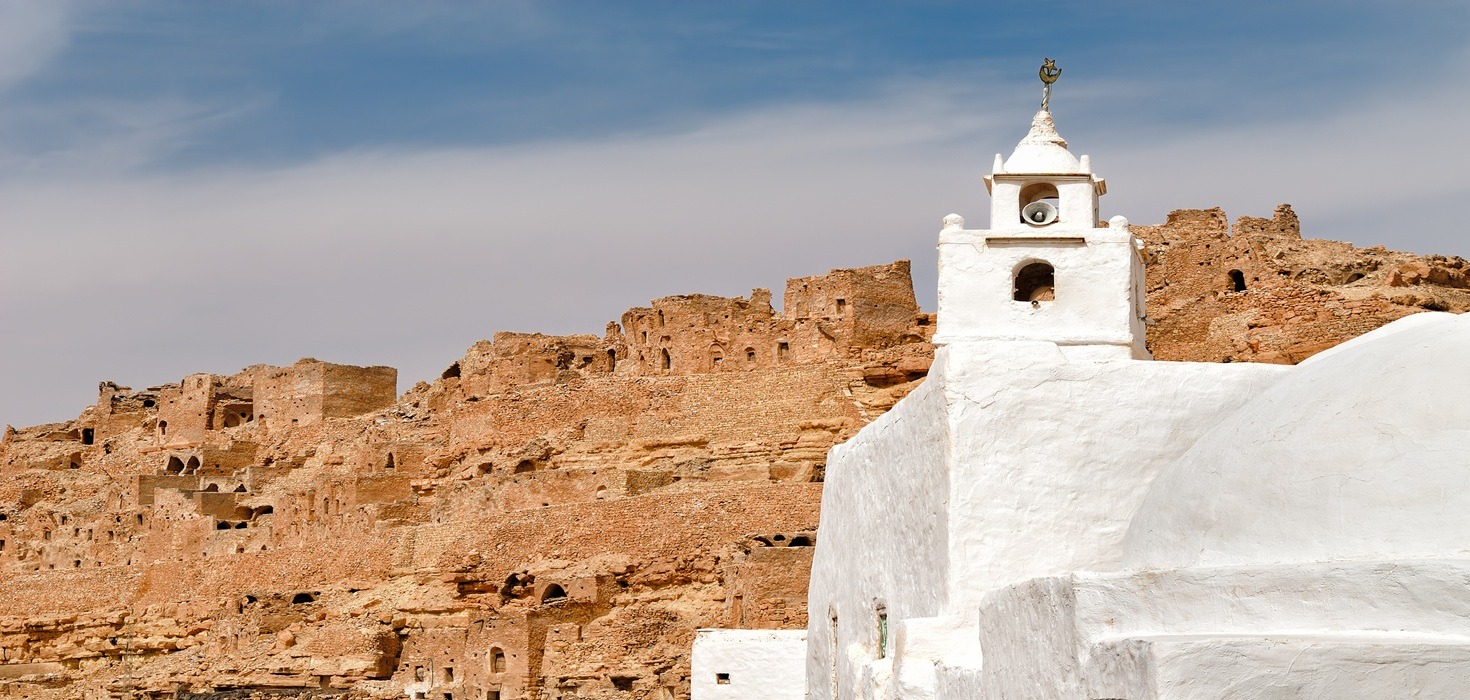Welcome to Tirta Empul Temple: A Sacred Oasis in Bali
Steeped in history and spirituality, Tirta Empul Temple is a must-visit destination for anyone exploring the enchanting island of Bali. Nestled in the lush landscapes of Tampaksiring, this sacred site is renowned for its holy spring water, believed to possess purifying properties. Locals and visitors alike flock to this spiritual haven to partake in traditional rituals and to experience the serene atmosphere that envelops the temple grounds. But before you grab your camera and head out, there’s something you need to know: adhering to the temple’s dress code and cultural etiquette is paramount for a respectful visit.
Understanding the Dress Code for Tirta Empul Temple Visits
When visiting Tirta Empul Temple, dressing appropriately is not just a suggestion; it’s a sign of respect for the local customs and traditions. The dress code for Tirta Empul Temple requires all visitors to wear a sarong and a sash. This sacred dress code in Bali not only helps maintain the sanctity of the temple but also allows you to blend in with the locals, enhancing your overall experience.
Don’t fret if you didn’t bring your own sarong! Conveniently, you can rent one right at the temple entrance. This makes it easy for everyone to comply with the tirta empul temple attire guidelines without any hassle. So, whether you’re planning to participate in the purification rituals or simply soak in the tranquil surroundings, you’ll be all set to show your respect for this sacred site.
For more detailed insights on what to expect during your visit, check out A Guide to Tirta Empul Temple.
Essential Attire: What to Wear at Tirta Empul
Wondering what to wear at Tirta Empul? Here are some tips to keep you looking stylish while respecting the local customs. For both men and women, the standard attire includes:
- Sarong: A wrap-around cloth that covers the lower body. Choose a sarong that is comfortable and allows for ease of movement.
- Sash: This is tied around the waist over the sarong. It’s often provided with the sarong rental, so you won’t have to worry about bringing your own.
- Upper body attire: For women, it’s best to wear a modest top that covers the shoulders. Men should opt for a t-shirt or a short-sleeved shirt.
- Footwear: Comfortable sandals or flip-flops are recommended, as you’ll be walking on temple grounds, which can be uneven.
Traditional Balinese attire is a beautiful way to connect with the local culture, and wearing it at Tirta Empul Temple adds to the experience. So, embrace the opportunity to dress respectfully and immerse yourself in the spiritual ambiance around you.
For more on appropriate clothing for temples, don’t miss Journey to Tirta Empul: Exploring Bali’s Sacred Water Temple.
Cultural and Spiritual Significance of Tirta Empul
Tirta Empul Temple is not just a pretty sight; it’s a cornerstone of Balinese spirituality. The temple is famous for its melukat rituals, where devotees purify themselves in the sacred waters. This practice is deeply rooted in Balinese spiritual customs and is believed to cleanse both the body and soul.
Legend has it that the temple was created by the God Indra, who struck the ground with his staff to produce the holy spring water. This water is said to have healing properties, making the temple a vital part of the local community’s spiritual practices. As you wander through the temple grounds, take a moment to appreciate the intricate architecture and the vibrant offerings that are a testament to the rich cultural tapestry of Bali.
For a deeper dive into the spiritual significance of this site, explore Exploring the Majestic Temples of Bali.
Visitor Guidelines: Respectful Behavior at Tirta Empul
As a visitor to Tirta Empul Temple, it’s important to be mindful of the local customs and to exhibit respectful behavior. Here are some key guidelines to keep in mind:
- Quietness: Maintain a peaceful demeanor while exploring the temple. This is a sacred space, and loud conversations can disrupt the spiritual atmosphere.
- Respect for rituals: If you encounter a purification ceremony, observe quietly from a distance. Participation is welcome, but it’s essential to follow the lead of the locals.
- Menstruating women: Traditionally, women who are menstruating are not permitted to enter the temple grounds. If this applies to you, consider visiting during a different time.
By adhering to these temple visiting etiquette guidelines, you’ll ensure a respectful and enriching experience at Tirta Empul. For further insights into what to do in Ubud, check out What to do in Ubud.
Facilities and Services at Tirta Empul Temple
Visiting Tirta Empul Temple is not just about soaking in the spiritual vibes; it’s also about ensuring you have a comfortable experience. The temple offers several facilities that make your visit smoother and more enjoyable. Here’s what you can expect:
- Sarong Rentals: As mentioned earlier, sarongs are available for rent at the entrance. The cost is usually very reasonable, so you can easily comply with the dress code without breaking the bank. Renting a sarong is a breeze and allows you to focus on the beauty of the temple rather than worrying about your attire.
- Lockers: Want to keep your valuables safe while you explore? Lockers are available for rent, giving you peace of mind as you immerse yourself in the temple’s spiritual atmosphere.
- Changing Facilities: If you prefer to wear your own attire and change into a sarong at the temple, there are changing rooms available. This is a great option for those who want to maintain their personal style while respecting the temple’s customs.
- Rest Areas: After exploring the temple grounds, you might want to take a breather. There are designated areas where you can relax and soak in the surroundings, making it a perfect spot to reflect on your experience.
These amenities ensure that your visit to Tirta Empul Temple is as enjoyable as it is spiritual. For more information on what to expect in Bali, check out Best Places to Visit in Bali.
The Melukat Ritual: Participating with Respect
One of the highlights of visiting Tirta Empul Temple is the opportunity to participate in the melukat ritual—a traditional purification ceremony. If you’re curious about joining in, here’s a step-by-step guide to ensure you approach it with the utmost respect:
- Observe First: Before you jump in, take a moment to watch how the locals perform the ritual. This will give you a better understanding of the process and help you feel more comfortable.
- Prepare Yourself: Remove any jewelry and make sure you’re wearing the appropriate attire (sarong and sash). This shows respect for the sacredness of the ritual.
- Enter the Water: Approach the holy spring water with reverence. You’ll find a series of fountains, each representing a different aspect of purification. Follow the lead of the locals on how to proceed.
- Follow the Ritual: Typically, participants will dip their heads under the water at each fountain, making offerings as they go. It’s a beautiful way to connect with the spiritual essence of Bali.
- Reflect: After the ritual, take a moment to sit quietly and reflect on your experience. It’s a powerful moment that many visitors cherish.
Participating in the melukat ritual can be a transformative experience. Just remember to approach it with respect and an open heart. For more tips on spiritual practices in Bali, explore Discover the Spiritual Heart of Bali.
Best Times to Visit Tirta Empul Temple
Timing is everything, especially when it comes to visiting Tirta Empul Temple. To make the most of your experience, consider the following tips on the best times to visit:
- Early Morning: Arriving at the temple early allows you to enjoy the tranquil atmosphere before the crowds arrive. You’ll have the opportunity to explore the grounds at your own pace and capture stunning photos without many people in the background.
- Weekdays vs. Weekends: If possible, try to visit on a weekday. The weekends tend to attract more visitors, especially locals participating in religious ceremonies.
- Local Ceremonies: Keep an eye on the local calendar! Visiting during a special ceremony can enrich your experience, as you’ll witness vibrant rituals and traditional offerings.
- Seasonal Considerations: Bali’s dry season, from April to October, is generally the best time to visit. The weather is pleasant, making your temple exploration much more enjoyable.
By choosing the right time for your visit, you’ll enhance your experience at Tirta Empul Temple. For more tips on Bali tourism, check out What to do in Ubud.
Exploring Nearby Attractions After Your Temple Visit
After soaking in the spiritual energy at Tirta Empul Temple, why not continue your adventure by exploring nearby attractions? Here are some fabulous spots to check out:
- Gunung Kawi Temple: Just a short drive away, this ancient temple complex features stunning rice terraces and impressive rock-cut shrines. It’s a great place to continue your exploration of Bali’s rich cultural heritage.
- Tegalalang Rice Terraces: Famous for their breathtaking views, the Tegalalang Rice Terraces offer a picturesque backdrop for your travel photos. Stroll through the terraces and appreciate the beauty of Bali’s agricultural landscape.
- Ubud Monkey Forest: If you’re up for some playful company, head to the Ubud Monkey Forest. This sanctuary is home to hundreds of cheeky monkeys and ancient temples, making it a fun and lively spot to visit.
These attractions are perfect for rounding out your day after visiting Tirta Empul Temple. For more ideas on what to do in Ubud, don’t miss What to do in Ubud.
Transportation Tips for Visiting Tirta Empul
Getting to Tirta Empul Temple is a breeze, thanks to various transportation options available in Bali. Here are some tips to make your journey smooth:
- Rent a Scooter: For the adventurous, renting a scooter is a popular choice. It gives you the freedom to explore at your own pace and discover hidden gems along the way. Just make sure to wear a helmet and drive safely!
- Hire a Driver: If you prefer a more relaxed approach, consider hiring a local driver. They can take you to Tirta Empul and other nearby attractions, making your day hassle-free.
- Public Transport: While less common for tourists, there are local buses and shared taxis (bemo) that can take you to the temple. This is a budget-friendly option, but it may take longer to reach your destination.
With these transportation tips, you’ll have no trouble reaching Tirta Empul Temple and making the most of your Bali adventure. For more travel insights, check out Pertiwi Bisma Ubud, Bali.
Practical Information for Travelers: Tips and Guidelines
Before you head out to Tirta Empul Temple, it’s helpful to have some practical information at your fingertips. Here are a few key details to keep in mind:
- Opening Hours: Tirta Empul Temple is open daily from 9 AM to 5 PM. Arriving early can help you avoid crowds and enjoy a peaceful visit.
- Entrance Fee: There is a small entrance fee, which usually includes the cost of renting a sarong. This fee helps maintain the temple and its facilities.
- What to Bring: Don’t forget to bring a water bottle, sunscreen, and a camera to capture the stunning scenery. If you plan to participate in the melukat ritual, consider bringing a small offering as well.
These tips will help ensure a smooth and enjoyable visit to Tirta Empul Temple. For more details on dress requirements and respectful attire, check out Bagus Jati Health & Wellbeing Retreat.
Commonly Asked Questions (FAQs) about Tirta Empul Temple
Curious about what to expect during your visit to Tirta Empul Temple? Here are some frequently asked questions that might help:
- Can I wear shorts or tank tops? No, it’s important to wear a sarong and sash as per the temple’s dress code. This shows respect for the sacred space.
- Is photography allowed? Yes, photography is generally allowed, but be mindful of people participating in rituals and maintain a respectful distance.
- What if I’m menstruating? Traditionally, women who are menstruating are not permitted to enter the temple grounds. It’s best to plan your visit accordingly.
These FAQs can help clarify any uncertainties you may have about visiting Tirta Empul Temple. For more information on Bali’s temple dress code, explore Best Places to Visit in Bali.
Fun Facts about Tirta Empul Temple
Ready to impress your friends with some intriguing trivia about Tirta Empul Temple? Here are a few fun facts:
- Historical Significance: The temple was built in 962 AD during the Warmadewa dynasty, making it one of Bali’s oldest temples!
- Healing Waters: The holy spring water is believed to have healing properties and is used for various purification ceremonies, attracting both locals and tourists alike.
- Architectural Marvel: The temple features beautiful Balinese architecture, including intricate carvings and stunning water features that add to its charm.
These fun facts can enhance your appreciation of Tirta Empul Temple and its significance in Balinese culture. To learn more about Bali’s fascinating temples, check out Exploring Gunung Kawi Temple.
Sustainability and Conservation Focus at Tirta Empul
As a visitor to Tirta Empul Temple, you can contribute to the preservation of this sacred site and its surroundings. Here are some ways to be a responsible traveler:
- Respect Nature: Keep the temple grounds clean by disposing of your waste properly and avoiding littering.
- Support Local Initiatives: Participate in local conservation efforts or purchase souvenirs from local artisans to support the community.
- Be Mindful: When taking photos, be respectful of the rituals and ceremonies taking place, and avoid disrupting the spiritual atmosphere.
By being a conscious traveler, you can help protect this sacred site for future generations. For more information on how to engage with Bali’s culture responsibly, check out Discover the Spiritual Heart of Bali.










